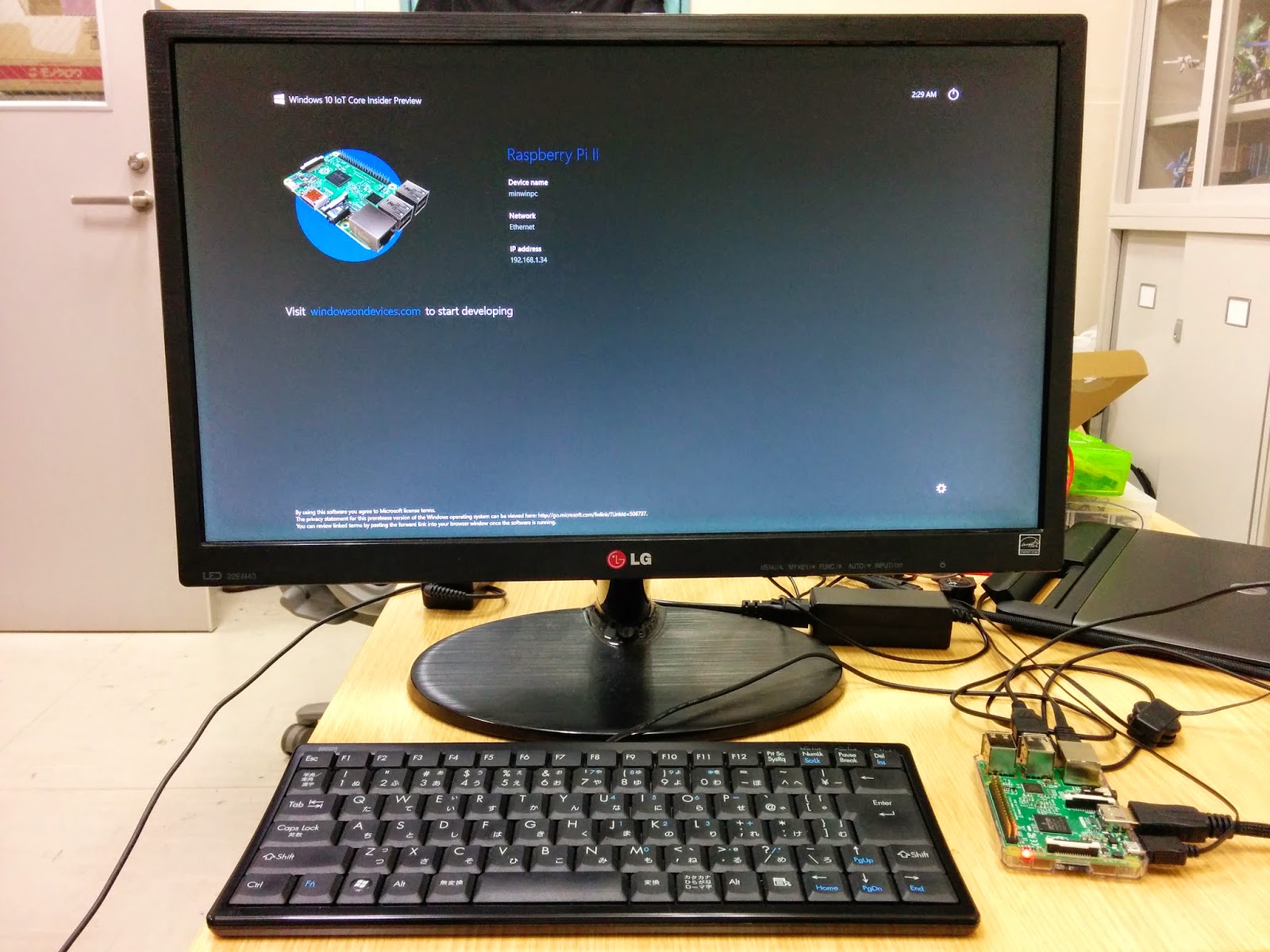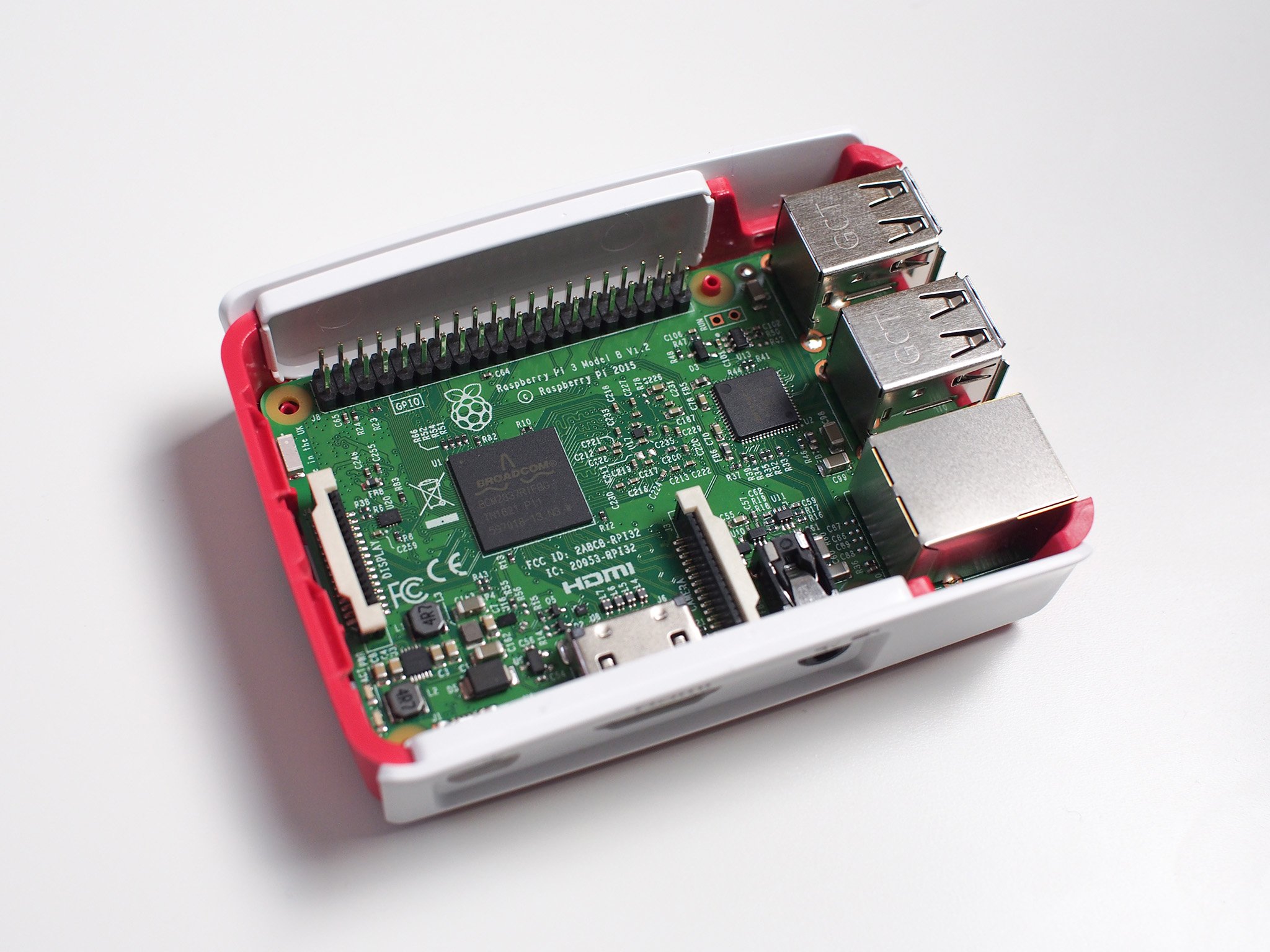Hey there, tech enthusiasts! If you're looking to dive into the world of remote IoT management, setting up a Virtual Private Cloud (VPC), or leveraging SSH with your Raspberry Pi, you're in the right place. Let’s talk about how you can not only manage your devices remotely but also download Windows 10 for free legally and handle file transfers securely. This guide is packed with actionable tips and tricks to help you get started. So, buckle up and let’s dive in!
Remote IoT VPC SSH with Raspberry Pi is more than just a buzzword in the tech world. It’s a practical solution for anyone who wants to manage their devices from afar, whether it’s for home automation, remote monitoring, or even scaling up your business operations. But wait—there’s more! We’ll also show you how to download Windows 10 for free and set up secure file transfers without breaking a sweat.
In this article, we’ll break down everything you need to know about remote IoT VPC SSH, Raspberry Pi setup, and secure file management. Whether you’re a beginner or an advanced user, this guide has got you covered. Let’s make tech work for you, not against you!
- Subhashree Sahu Nudes Video The Untold Story And What You Need To Know
- Yuriana The Rising Star Shaping The Future
Table of Contents
- What is Remote IoT VPC SSH?
- Raspberry Pi Overview
- Setting Up Your VPC
- SSH with Raspberry Pi
- Downloading Windows 10 for Free
- Secure File Management
- Troubleshooting Tips
- Best Practices for Remote IoT
- Real-World Applications
- Conclusion
What is Remote IoT VPC SSH?
Alright, let’s start with the basics. Remote IoT VPC SSH might sound like a mouthful, but it’s actually a powerful combination of technologies that lets you manage your IoT devices from anywhere in the world. Here’s a quick breakdown:
- IoT (Internet of Things): Devices that connect to the internet and communicate with each other.
- VPC (Virtual Private Cloud): A private network within a cloud environment, providing secure access to your devices.
- SSH (Secure Shell): A protocol that allows you to securely connect to remote devices over an unsecured network.
Why is this important? Well, imagine being able to monitor your home security system, control your smart lights, or even manage industrial equipment—all from your phone or laptop. That’s the power of remote IoT VPC SSH.
Benefits of Using Remote IoT VPC SSH
Here are some key benefits:
- Morgan Kohan Nude Unveiling The Truth Behind The Sensation
- Filmyfly World Your Ultimate Movie Streaming Adventure
- Security: SSH encrypts your connection, ensuring your data stays safe.
- Scalability: With a VPC, you can easily scale your IoT infrastructure as needed.
- Flexibility: Access your devices from anywhere, anytime.
Raspberry Pi Overview
Now, let’s talk about the star of the show: the Raspberry Pi. This tiny yet powerful device is perfect for IoT projects. Here’s why:
Raspberry Pi is an affordable, single-board computer that can run a variety of operating systems, including Linux. It’s small, energy-efficient, and packed with features like GPIO pins, making it ideal for IoT applications.
Key Features of Raspberry Pi
- Compact size
- Low power consumption
- Supports multiple operating systems
- GPIO pins for hardware interfacing
And guess what? You can use Raspberry Pi to set up your own VPC and manage SSH connections. Pretty cool, right?
Setting Up Your VPC
Setting up a Virtual Private Cloud (VPC) is crucial if you want to manage your IoT devices securely. Here’s how you can do it:
Step 1: Choose a Cloud Provider
Select a cloud provider that supports VPC, such as AWS, Google Cloud, or Microsoft Azure. Each provider has its own setup process, but they generally follow similar steps.
Step 2: Configure Your VPC
Once you’ve chosen a provider, configure your VPC by setting up subnets, security groups, and routing tables. This ensures that only authorized devices can access your network.
Step 3: Connect Your Raspberry Pi
Finally, connect your Raspberry Pi to your VPC. This involves setting up a static IP address and configuring your network settings.
By the way, if you’re new to this, don’t worry. Most cloud providers offer detailed guides to help you through the process.
SSH with Raspberry Pi
Now that your VPC is set up, it’s time to configure SSH on your Raspberry Pi. Here’s how:
Step 1: Enable SSH
First, enable SSH on your Raspberry Pi. You can do this by navigating to the Raspberry Pi Configuration tool and selecting the SSH option.
Step 2: Generate SSH Keys
Next, generate SSH keys on your local machine using the following command:
ssh-keygen -t rsa -b 4096
This will create a public and private key pair that you can use to authenticate your connection.
Step 3: Connect to Your Raspberry Pi
Finally, connect to your Raspberry Pi using the SSH command:
ssh pi@your-pi-ip-address
That’s it! You’re now connected to your Raspberry Pi via SSH.
Downloading Windows 10 for Free
Believe it or not, you can download Windows 10 for free legally. Here’s how:
Microsoft offers a free download of Windows 10 through its official website. All you need to do is visit the Microsoft website, select the version you want, and download the ISO file.
Steps to Download Windows 10
- Visit the official Microsoft website.
- Select the version of Windows 10 you want to download.
- Follow the prompts to download the ISO file.
Once you’ve downloaded the file, you can burn it to a USB drive or DVD and install it on your computer.
Secure File Management
Now that you’ve got everything set up, it’s time to talk about secure file management. Here are some tips to keep your files safe:
Use SFTP Instead of FTP
SFTP (Secure File Transfer Protocol) is a more secure alternative to FTP. It encrypts your data during transfer, ensuring that your files remain safe.
Set Up File Permissions
Make sure to set up proper file permissions on your Raspberry Pi. This ensures that only authorized users can access sensitive files.
Regularly Back Up Your Files
Finally, always back up your files regularly. Whether you use an external hard drive or a cloud storage service, having a backup is crucial in case something goes wrong.
Troubleshooting Tips
Even the best-laid plans can go awry sometimes. Here are some troubleshooting tips to help you out:
- Check your network settings if you can’t connect to your Raspberry Pi.
- Verify that SSH is enabled on your Raspberry Pi.
- Ensure that your firewall rules allow SSH traffic.
If all else fails, consult the documentation for your cloud provider or Raspberry Pi.
Best Practices for Remote IoT
Here are some best practices to keep in mind when working with remote IoT:
- Always use encryption for sensitive data.
- Regularly update your software and firmware.
- Monitor your devices for unusual activity.
By following these practices, you can ensure that your IoT setup remains secure and reliable.
Real-World Applications
So, how can you apply all of this in the real world? Here are a few examples:
- Home Automation: Control your smart home devices from anywhere.
- Remote Monitoring: Monitor industrial equipment in real-time.
- Data Collection: Collect and analyze data from sensors and other IoT devices.
The possibilities are endless! With the right tools and knowledge, you can create powerful IoT solutions that meet your needs.
Conclusion
And there you have it, folks! A comprehensive guide to mastering remote IoT VPC SSH with Raspberry Pi, downloading Windows 10 for free, and managing files securely. Whether you’re a beginner or an advanced user, these tips and tricks will help you take your tech skills to the next level.
Remember, the key to success in the world of IoT is staying secure, staying updated, and staying curious. So, go ahead and experiment with your Raspberry Pi, explore new applications, and don’t be afraid to ask for help when you need it.
Before you go, don’t forget to leave a comment below and let us know what you think. Share this article with your friends and colleagues, and check out our other guides for more tech tips and tricks. Happy tinkering!
- Islamyla Onlyfans A Comprehensive Guide To The Rise Of A Sensation
- Movierulz Page 3 The Ultimate Guide To Exploring The Dark Corners Of Movie Streaming


